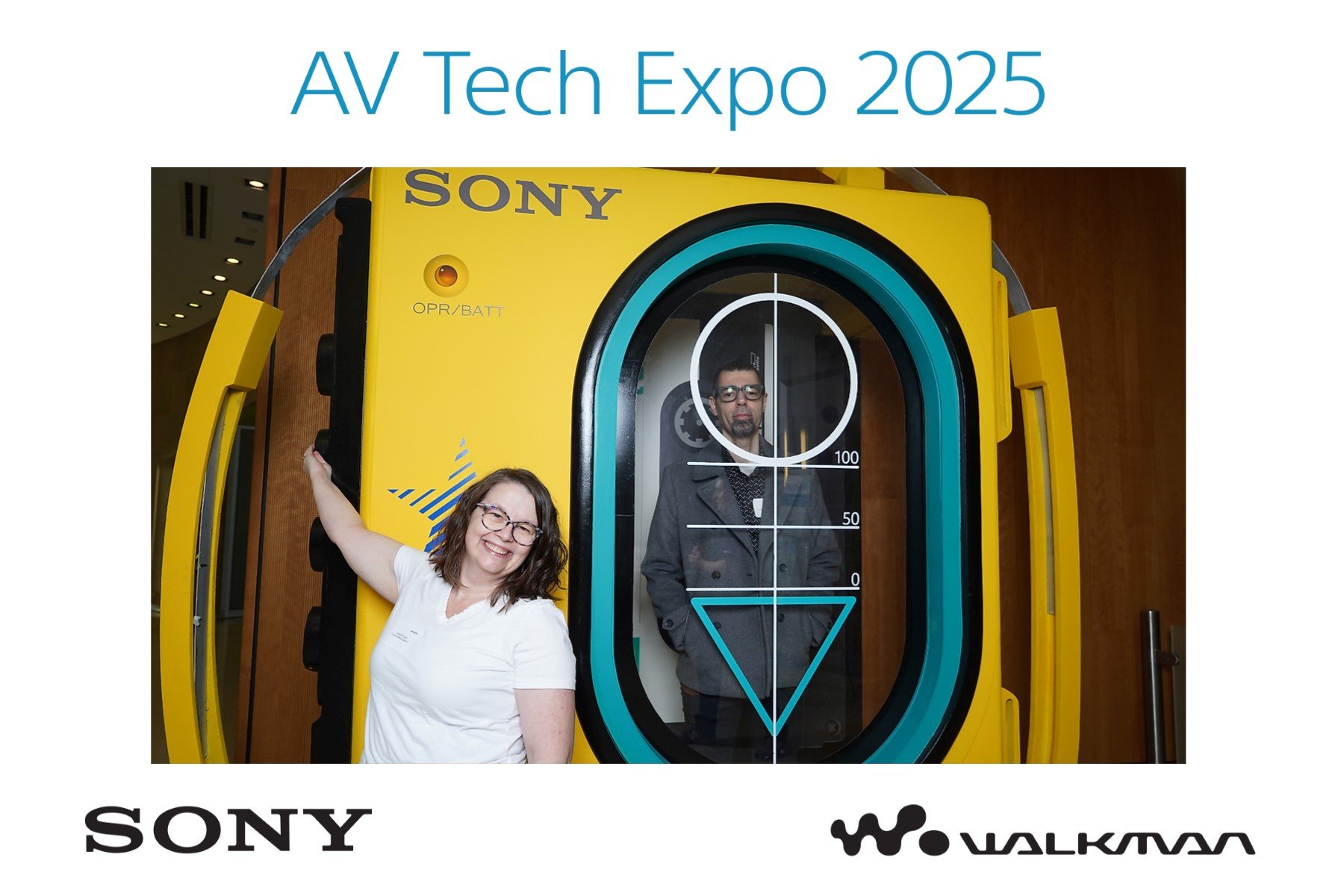Overview
Agressievrij Onderwijs (Aggression-Free Education) is dedicated to making Dutch schools a safe and pleasant working environment for teachers. With increasing cases of aggression from both students and parents, many teachers are leaving the profession—not because they no longer love teaching, but because the environment has become too hostile. The organization aims to create a safer, more supportive atmosphere by equipping teachers with the skills to recognize, handle, and recover from aggressive incidents.
The Challenge
In the Netherlands, aggression in schools is a growing problem, leading to teacher burnout and a nationwide shortage of educators. Teachers often face verbal threats, intimidation, and even potential lawsuits from parents or students. Traditional training methods using actors provide some value, but they come with limitations:
Lack of safety – Confronting real aggression in live scenarios can be unpredictable and stressful.
Limited availability – Schools can only afford to hire actors a few times a year.
No room for experimentation – Teachers struggle to test different de-escalation techniques given the limited availability of actors.
Agressievrij Onderwijs needed a training solution that was realistic, repeatable, and cost-effective while ensuring teachers could develop skills in a safe, controlled environment.
The Solution: VR Training with Warp VR
By utilizing virtual reality (VR), Agressievrij Onderwijs is approaching how teachers prepare for aggressive situations in an innovative way. Instead of role-playing with actors, teachers now participate in immersive VR simulations, allowing them to:
Practice de-escalation techniques in a safe space
Experiment with different responses and see the consequences
Train more frequently without additional costs
Reflect on their actions with colleagues in guided sessions
VR training sessions are facilitated by an ambassador, who leads small groups of 4-8 teachers through a 1-2 hour experience, followed by a structured reflection session. This model ensures teachers not only learn but also apply the insights in real-world scenarios. This plays into a larger initiative to curb the levels of aggression in Dutch schools detailed below.
Results & Scientific Research
Of course, Agressievrij Onderwijs’ mission of creating a better environment for teachers goes far beyond VR usage. Thier mission affects an entire nation of educators, so they are now engaging in scientific research, focusing on four key pillars:
Setting Clear Behavioral Norms – Establishing expectations for acceptable behavior in schools.
Recognizing Aggression Early – Training teachers to identify different forms of aggression before they escalate.
Reporting & Data Collection – Encouraging teachers to document incidents, helping schools track trends and implement preventive measures.
Aftercare & Support – Ensuring teachers receive professional help or coaching after experiencing aggression.
As you can see, the methodology above seeks to categorize, prevent, report and reduce the amount of aggressive situations in Dutch schools, while also giving teachers a consistent process to follow should such situations occur. By addressing these areas, Agressievrij Onderwijs is working toward its higher goal: helping teachers feel safe and confident in their classrooms.
The Impact
Early results show that teachers who complete VR training feel:
More confident in handling aggressive situations
Better equipped to communicate and de-escalate conflicts
More likely to stay in their jobs, reducing teacher turnover
As the organization continues investing in research, they aim to refine and expand VR-based training, ensuring every teacher in the Netherlands has access to the tools they need to create a positive learning environment.




























